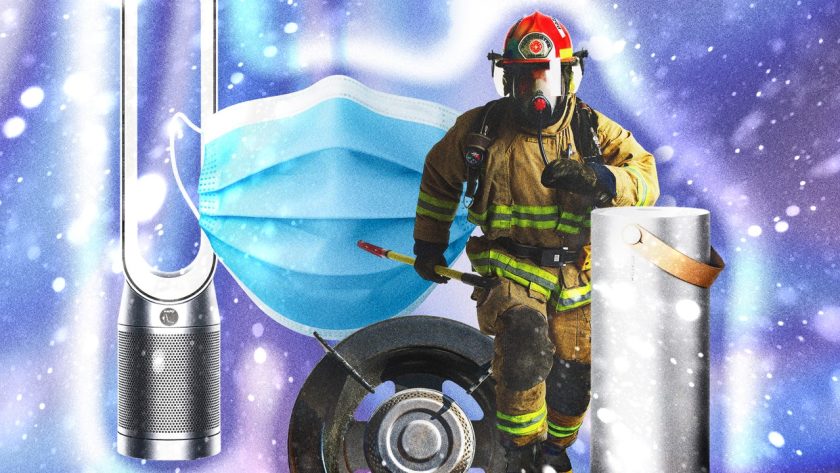The kicker? While the air outside has been making headlines for its less-than-stellar 2023 performance, indoor air quality remains up to five times more polluted, and we were again reminded of this when a fossil-fuel-support-signaling spectacle outshined a serious issue.
Richard Trumka Jr., a commissioner of the U.S. Consumer Product Safety Commission (CPSC), told Bloomberg that the CPSC was considering a ban on gas stoves—which occupy 40 percent of American homes—given that they release methane and nitrogen oxide, which account for 13 percent of childhood asthma cases in the United States, can cause health and respiratory issues in adults, and have the carbon dioxide emissions equivalent of 500,000 cars.
Naturally, politicians like Florida Governor and Republican presidential hopeful Ron DeSantis bravely claimed that Brandon would not get another wink of sleepytime until he personally removed the gas range from your home. Then, in May, New York made history by becoming the first state to introduce a ban on natural gas stoves and furnaces in most new construction—with exceptions like large commercial buildings—requiring fully electric heating and cooking in buildings shorter than seven stories by 2026.
Contributors to indoor air quality can include gas stoves, but also cleaning solutions, air fresheners, candles, plus whatever’s in the outdoor air—which enters via cracks, doorways, and ventilation systems. As the pandemic led many people to live an even more indoor lifestyle (and kept us wanting to mitigate the risk of airborne particles carrying the disease), companies like Dyson, Mila, and Molekule capitalized on the journey inward, transforming clunky air purifiers into well-designed status symbols. To meet our current-day dystopia, Dyson even launched the Zone, a pair of noise-canceling headphones that can also blow filtered air into your face.
As the reasons to be concerned about the air quality mount, let’s talk through what you have control over. While you might not be able to prevent all forest fires, remove your gas stove, or replace your office’s HVAC system, it’s not a bad time to look into air purifiers with HEPA filters (like those above) to monitor your abode so you can change certain habits that might be affecting the air quality—like burning candles, cooking with gas, or spraying solutions that are smogging up your air. And if you want to give gasless cooking a shot, there are portable induction cooktops that only use electricity, heat up faster, and don’t emit any of the toxic fumes associated with gas burners.
You can also support policymakers in creating legislation that impacts how we fight the climate crisis, which impacts the air we breathe. In November, for example, the Biden administration announced a $2 billion fund through the EPA to “support community-driven projects that deploy clean energy, strengthen climate resilience, and build capacity for communities to tackle environmental and climate justice challenges,” including air pollution monitoring and prevention.
Whatever we’re doing to address air quality, there’s much more left to be done. As the WHO states, measures to improve air quality “offer a win-win strategy for both climate and health, lowering the burden of disease attributable to air pollution, as well as contributing to the near- and long-term mitigation of climate change.”



